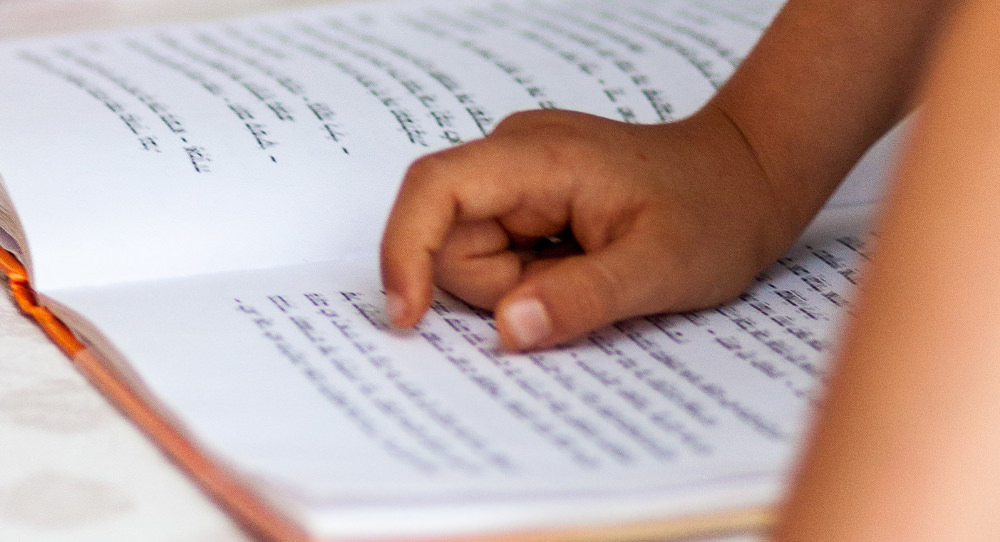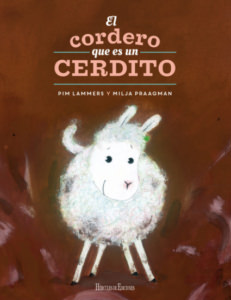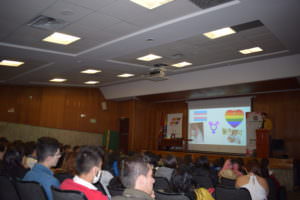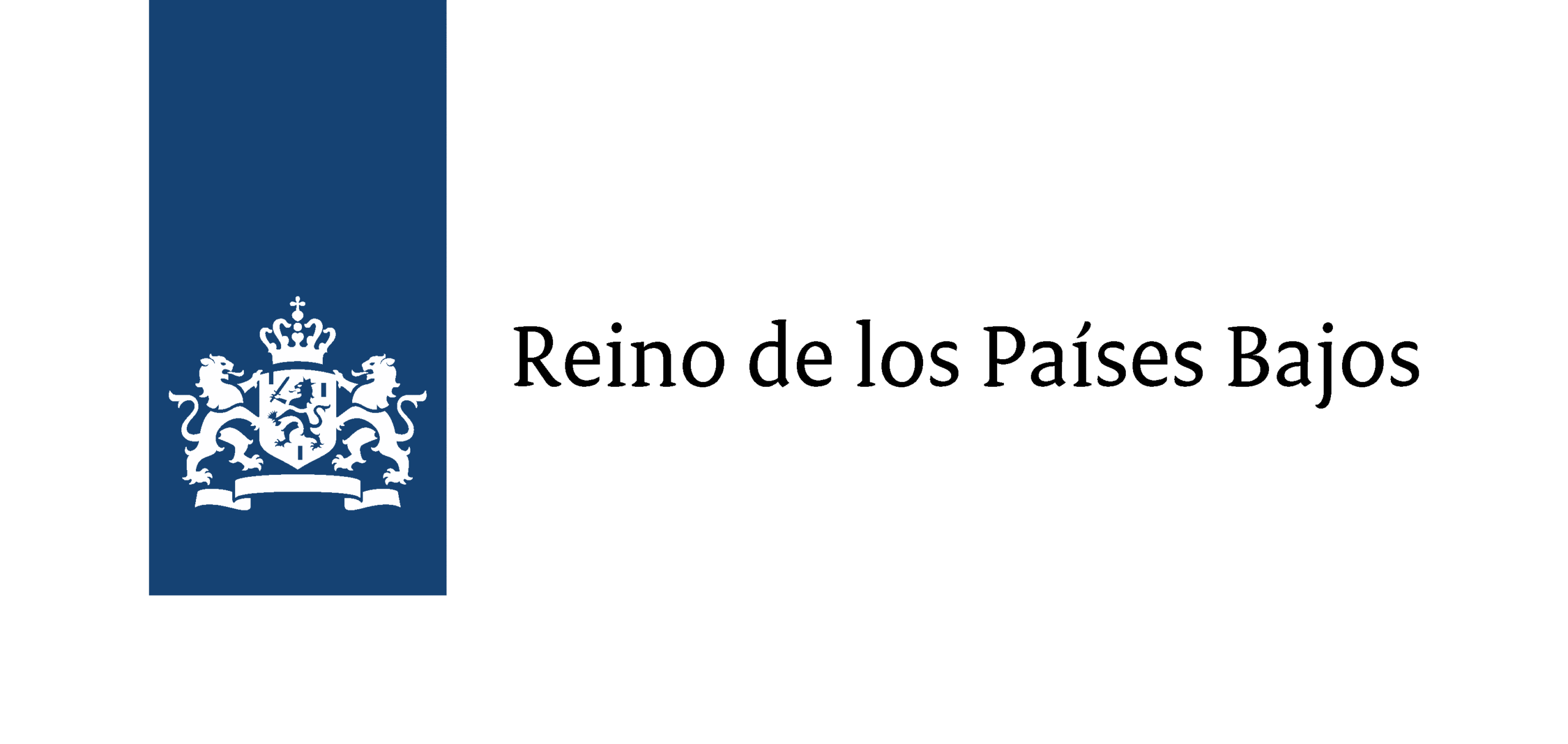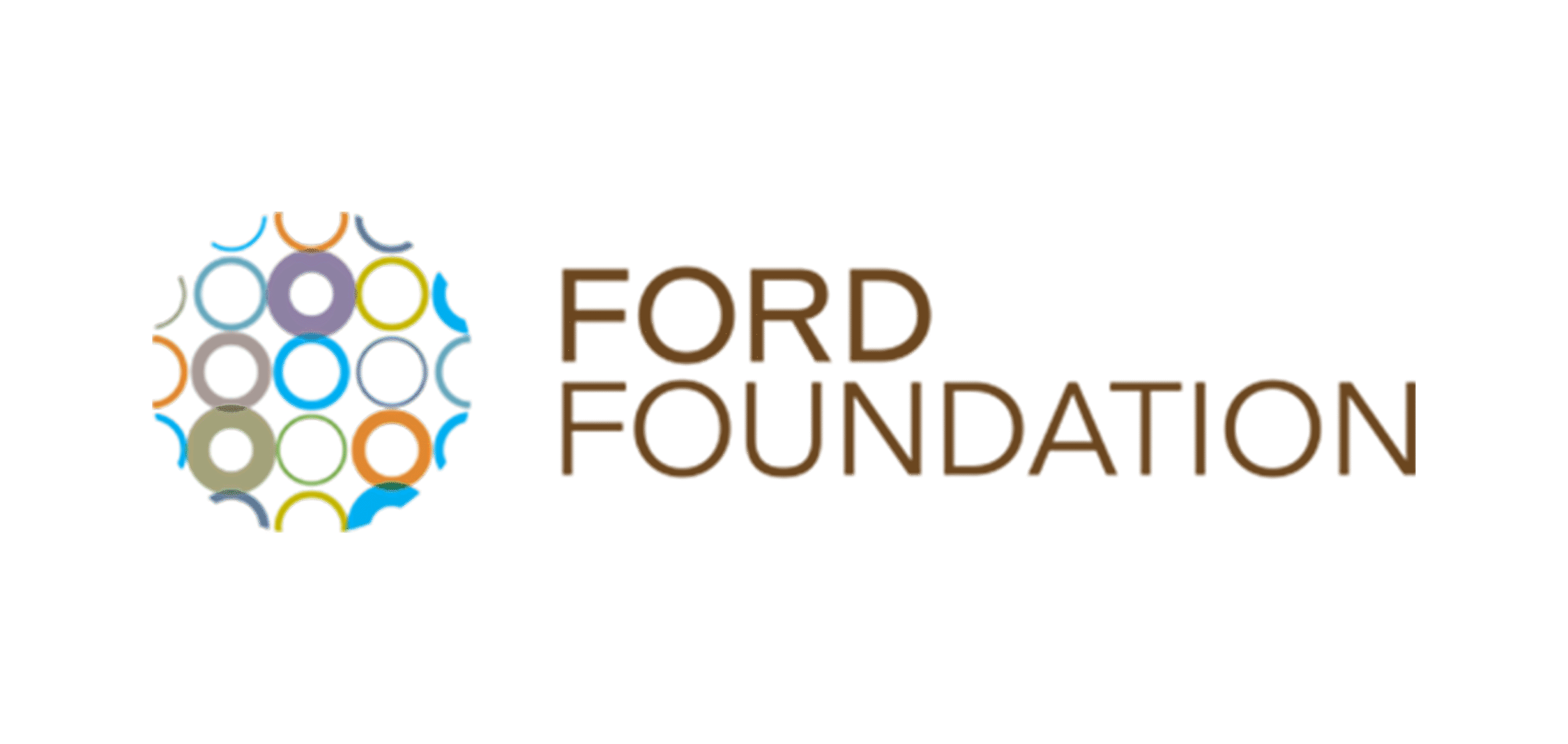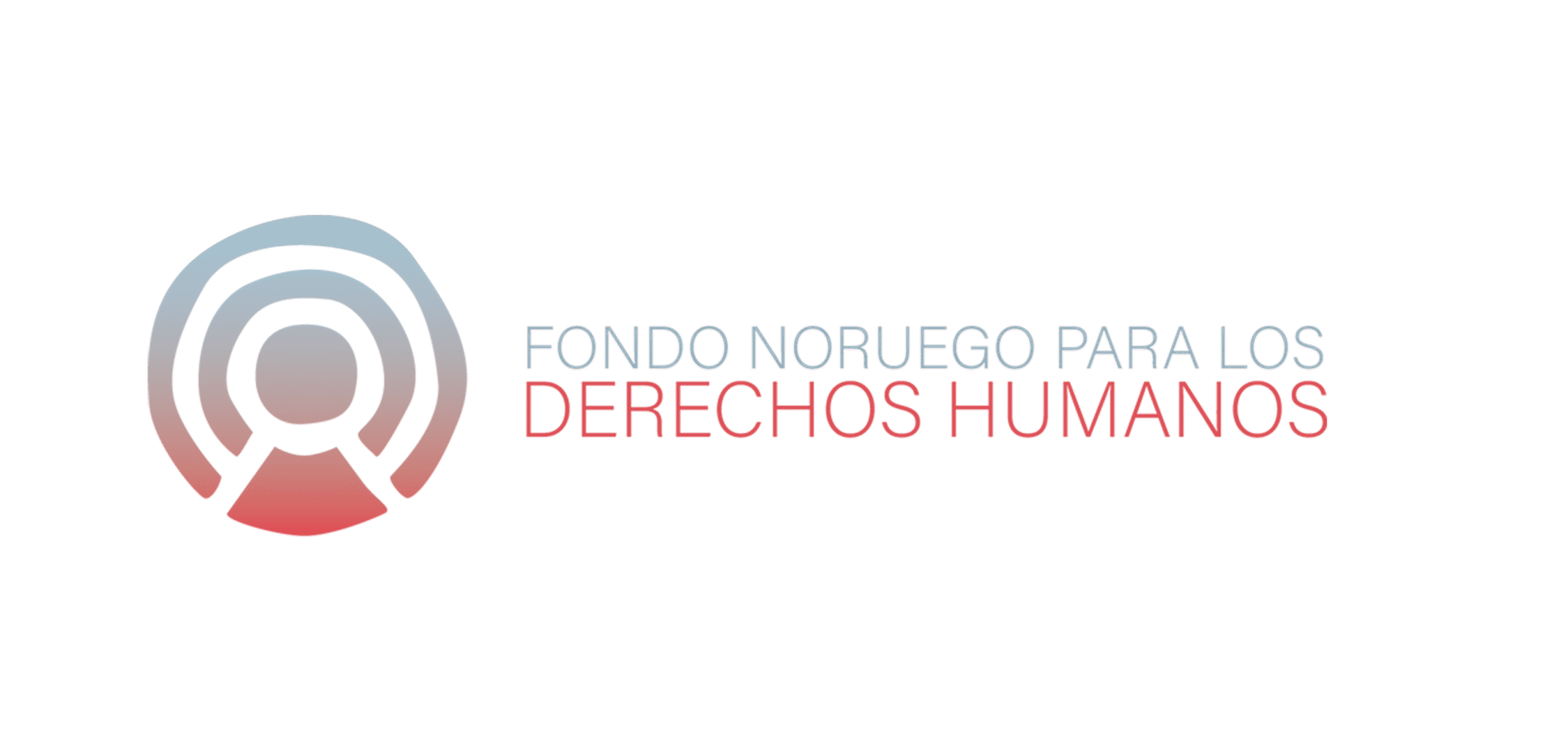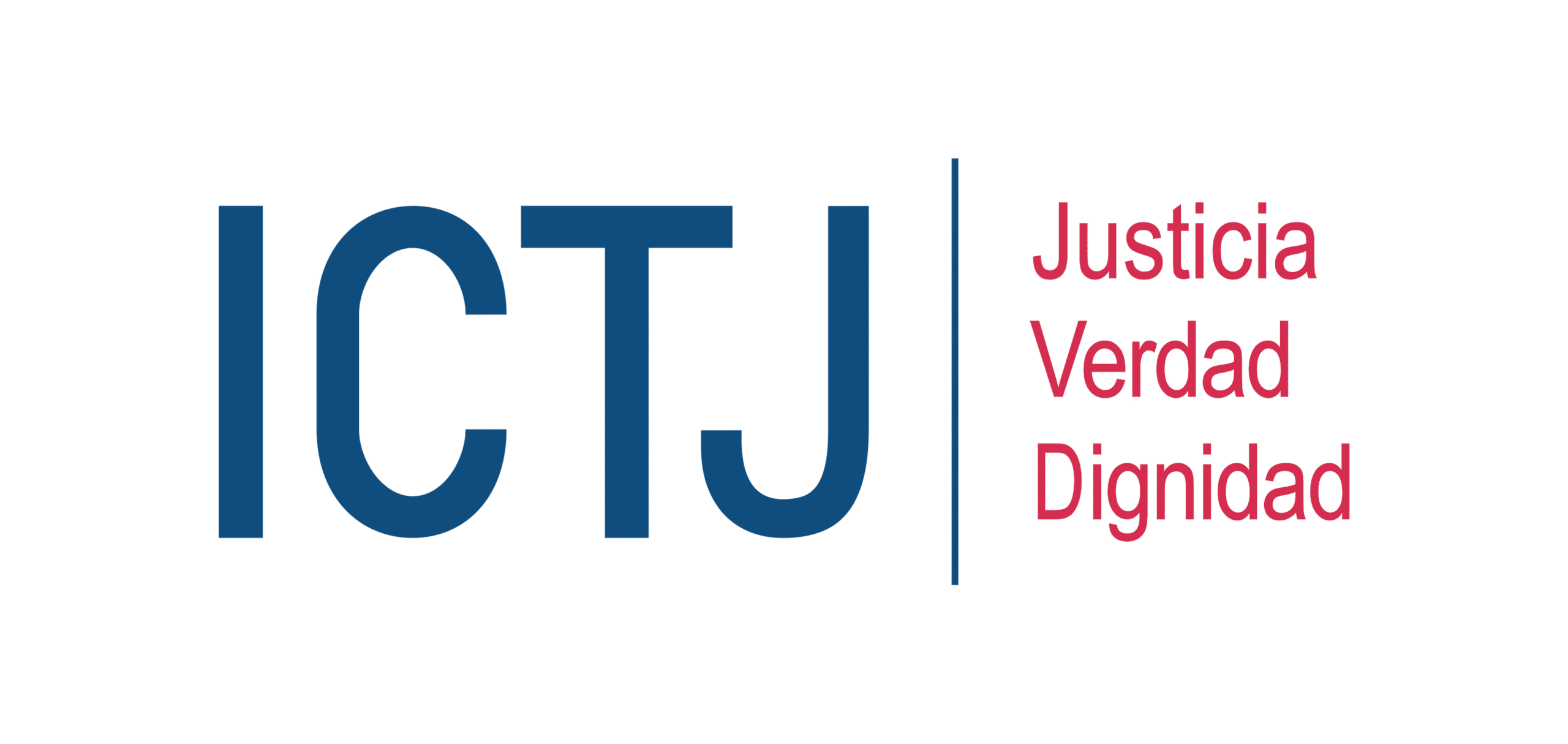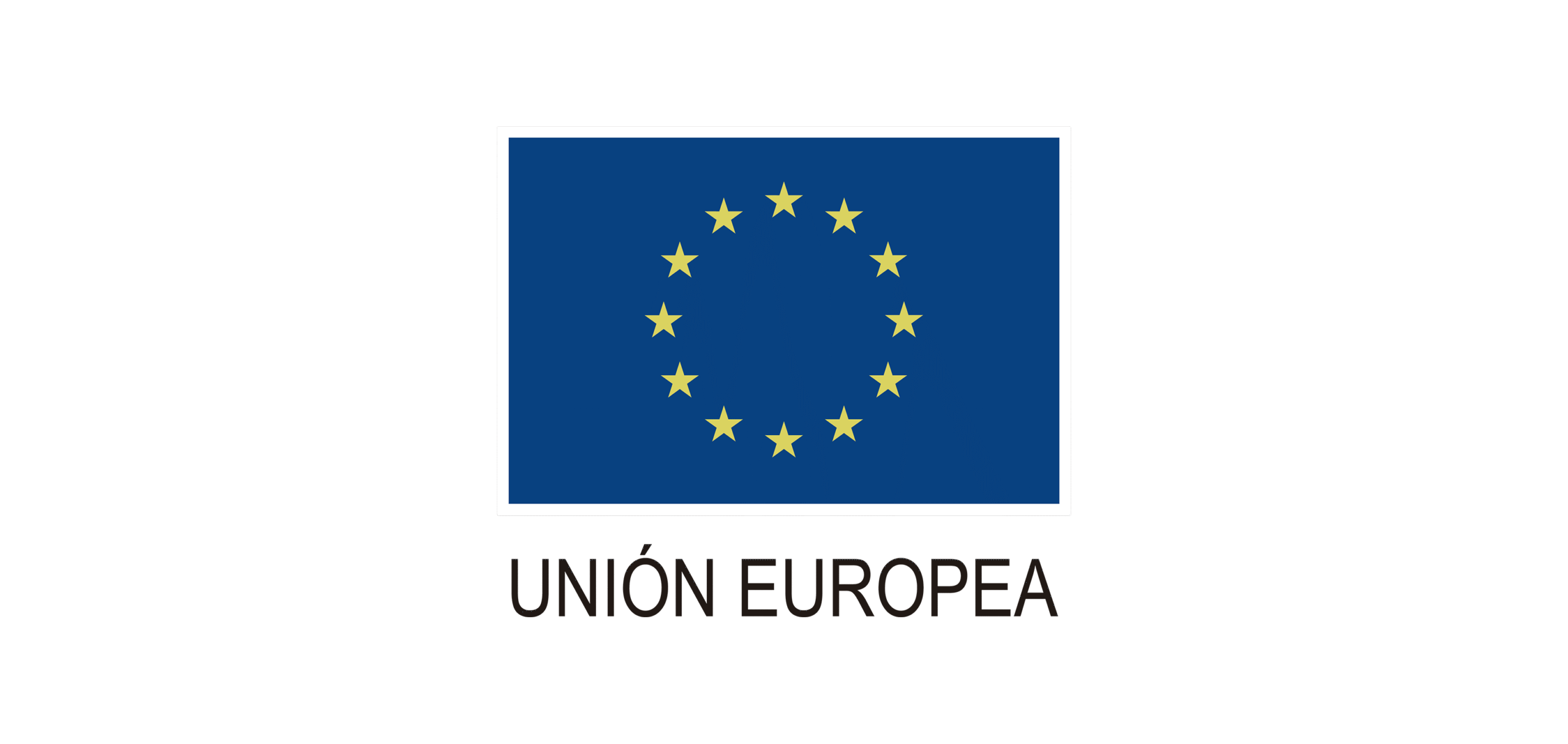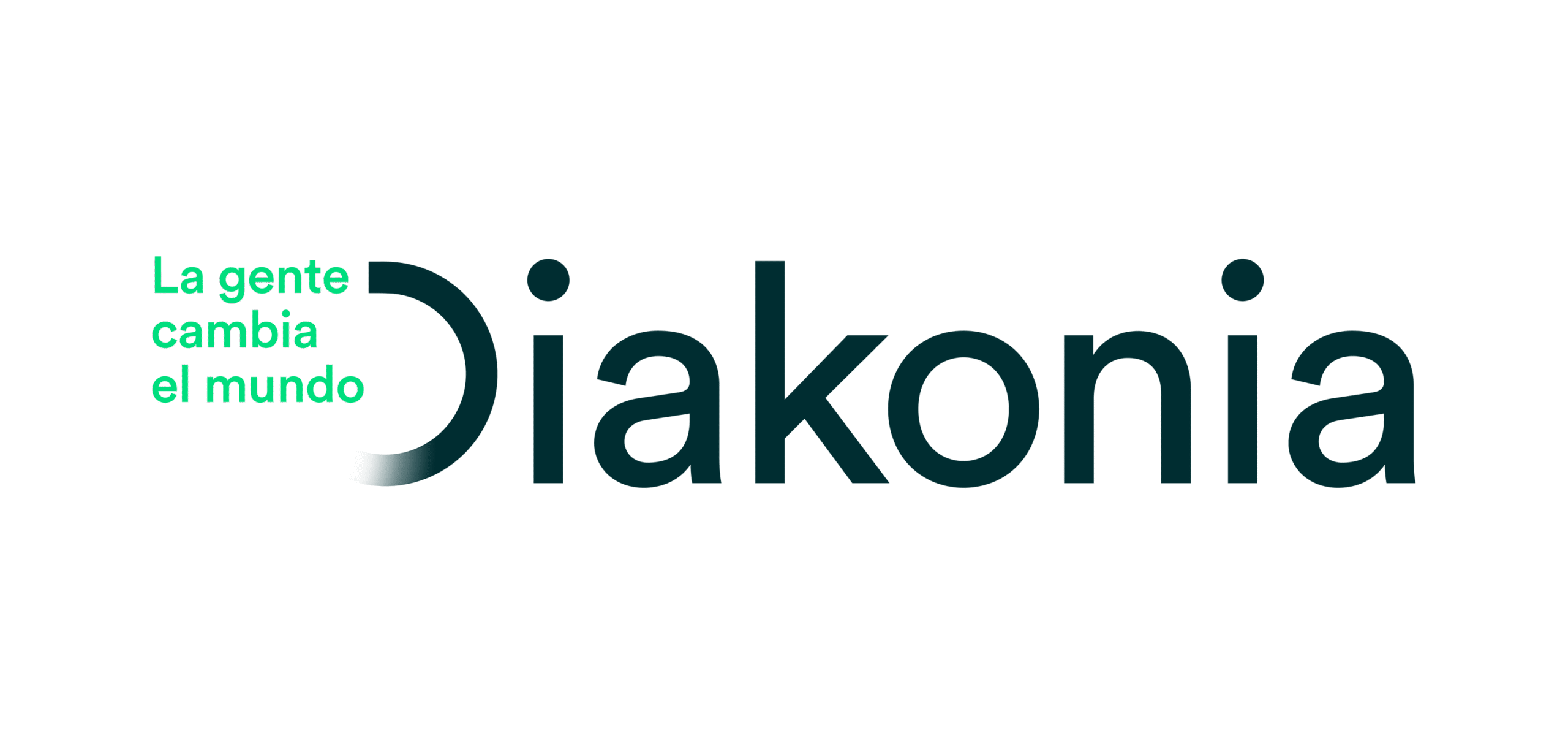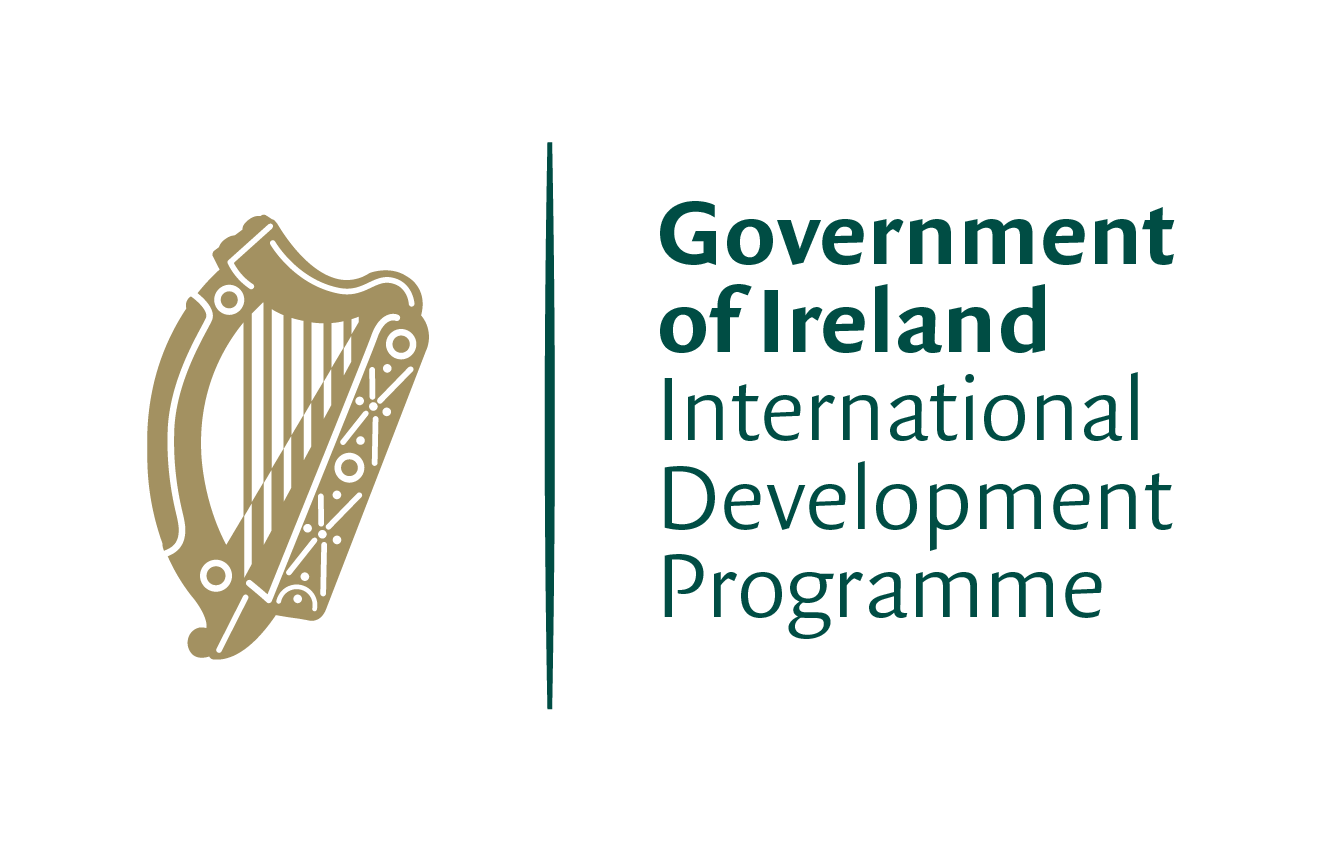A lamb who wants to be a piglet? The title might sound a bit strange to some people, to others it is more familiar, and to others it might not interest them. But the truth is that the effort that Dutch author Pim Lammers makes with his book by the same name is great.
Listening to Pim Lammers speak, the first impression is that he is an introverted and somewhat shy young European. But the truth is that when he explains what he wanted to do with his books "The Lamb Who is a Pig" and "The Peasant and the Vet", it is possible to see that his feelings are reflected through these illustrated stories, so he has found a perfect way to explain what it is to be trans or gay, respectively.
And the fact is that if one manages to detail the whole framework of his books, one can realise that a simple metaphor can be very powerful in explaining things that for some people are very difficult to understand. For example, in "The Lamb Who Is a Little Pig" he tells how the lambs often start to go crazy and murmur because one of them starts acting "weird", like a pig. For most people on the farm, where the story takes place, it seems crazy to think that this could happen. So after several stages, the lambs realise that the one they once thought was one of them was actually a pig. Underneath its wool was a pink skin and a piggy attitude. It was there that everyone realised that this was always a piglet.
With this simple analogy, Pim Lammers was able to explain to young students from different degrees at the Universidad Libre on Tuesday how gender identity can be addressed with children and adolescents. The faces of many were astonished because, in a conservative culture like Colombia's, it is difficult to find children's books that talk about sexual and gender diversity. However, the topic managed to cause such curiosity that questions were not long in coming.
"How can we talk in our families about diversity if, in many cases, they do not accept a gay person? What advice would you give to a young person who is afraid to come out of the wardrobe? How can we start teaching about LGBT people without having censorship?", these and other questions were part of the debate generated by the event with the Dutch author and where also participated Maritztha Sandoval, of the Fundación Grupo de Acción y Apoyo a Personas Trans.
Beyond telling you the plot of this book (which we recommend you read), the interesting thing is to see that young people in our country are interested in learning more and more about sexual/gender diversity and they want future generations to learn as well.

